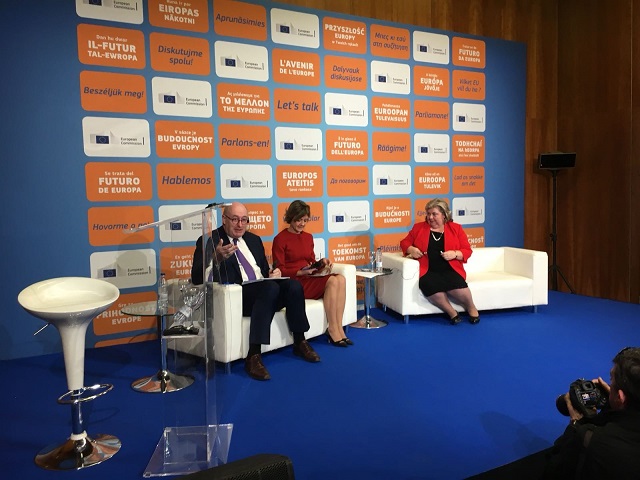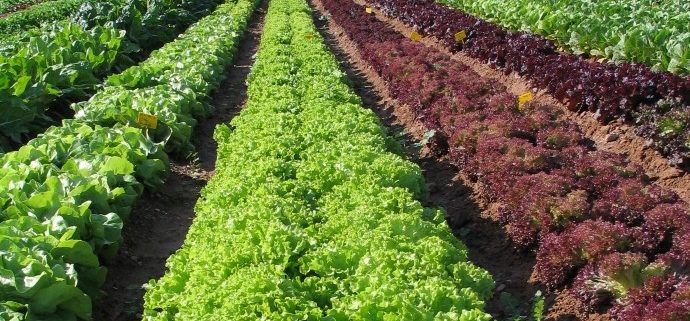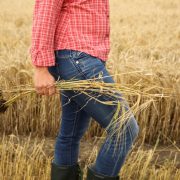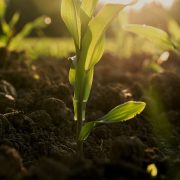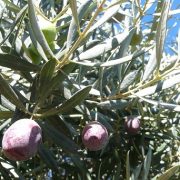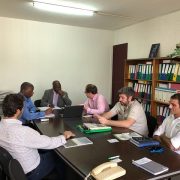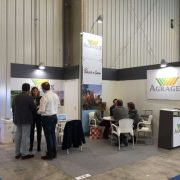The forgotten ones of the CAP
By J.S.Soler
In spite of what it may seem, not all crops or producers receive direct aid, before single payment aid, from the Common Agricultural Policy (CAP) in Spain. In the payments of almost 4,940 million euros that will be paid this campaign in the autonomous communities as a whole, there will be leading sectors with a clear export vocation that will receive almost no direct subsidies from the Community Agrarian Policy. If we analyze them in order of economic importance, we have most of the vegetables and fruits, except for citrus fruits whose producers do charge but little in proportion to others, where no direct assistance from the CAP is perceived. The exception to citrus fruits are those surfaces of fruit and vegetables that come from the decoupling of old processing aids, nuts or beneficiaries who grew fruits and vegetables and other PAC crops.
Virtually nothing, in the midst of great immensity. According to MAPAMA‘s latest estimate of macromagnitudes – as of December 2016-, the fruit and vegetable sector accounted for 18,381 million euros for 67% of Final Plant Production (PVF) in Spain. It is a sector in clear progression since in 2002 it was 55% of the PVF. Regarding the Final Agricultural Production, fruits and vegetables represent 40%.
In an autonomous community such as Valencia, for example, according to the calculations of the agricultural professional organization AVA-ASAJA, more than 50% of the agricultural area, just over 334,000 hectares, does not receive any type of direct aid from Brussels
All the vegetables and most of the traditionally grown fruits always do not have CAP aids. Its producers demand direct aid because they claim to play a very important role and is a great generator of employment and wealth, so they believe that they should not be discriminated against with respect to other sectors of agriculture, which at this time do benefit. by the direct aid of the CAP or with respect to their counterparts in other European countries, such as France, Italy, Germany or Romania, where they do. Spanish producers thus complain about competing in markets with fewer opportunities than their community counterparts.
Also most of the vineyard is outside direct payment aids. Those affected in all these sectors still remember the decision of the Sectoral Conference on Agriculture – formed by the Ministry of Agriculture and the Agrarian Councils of the autonomous communities – in 2014, where it was decided not to integrate these crops into the new one for that then basic payment regime, despite being legitimized in the same way as the rest of active farmers.
But there is also another series of crops that have raised their voices in recent years. The pistachio, which is often called the new Spanish green gold replacing the olive tree, is another emerging crop that does not receive subsidies from the CAP such as subtropical crops or a tuber like tiger nut.
There is also a current of opinion, arising in Castilla y León, which states that the cultivation of beet has aid in the reform of the new CAP 2020-2027
They argue that sugar is a good energy food for society, that it can not be substituted by chemistry and that its producers must have direct aid from the CAP.
Nor should we forget the intensive livestock such as pigs, poultry, rabbit breeding or beekeeping, in which their producers do not receive any direct support from Brussels
They are only some of the examples of crops and important sectors in Spain whose producers still do not receive direct subsidy from European institutions.
YOU MIGHT ALSO LIKE:
➡️EU: Hogan advocates prioritizing support for young farmers in the new CAP
